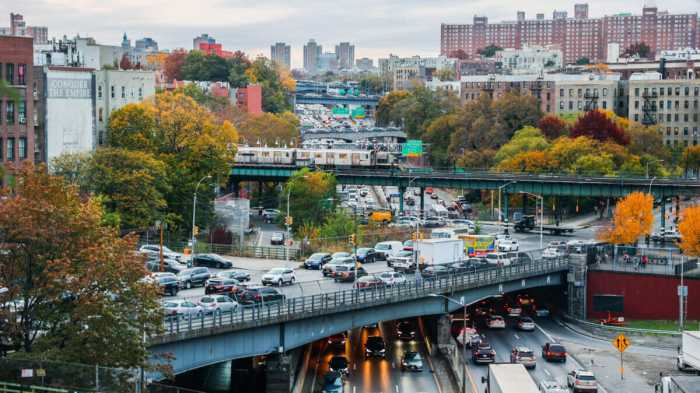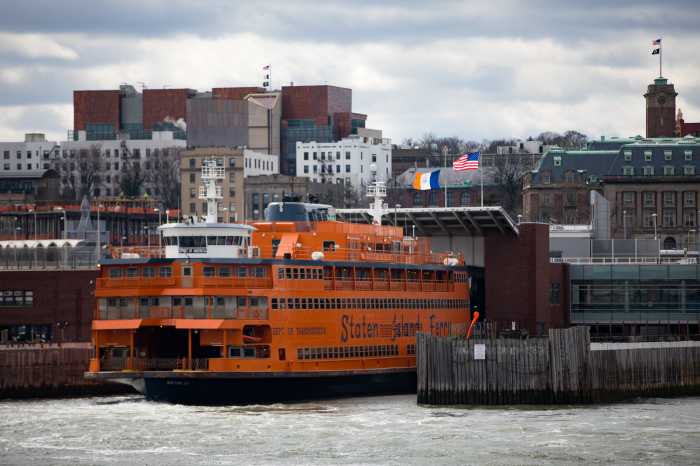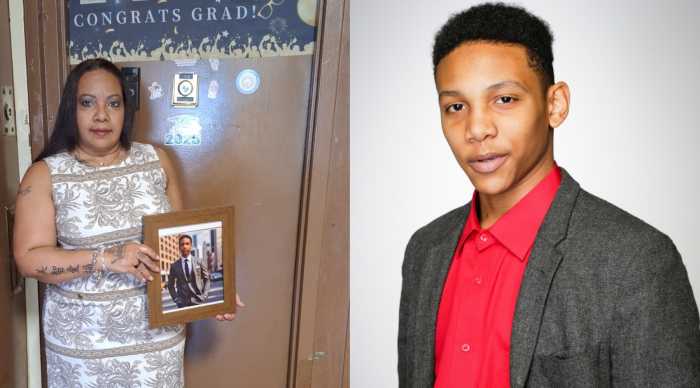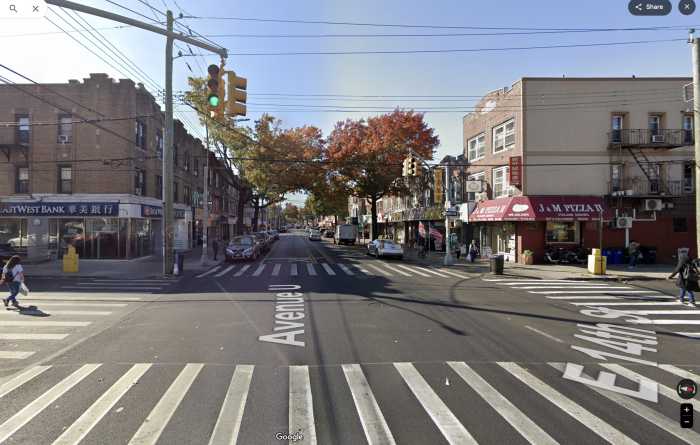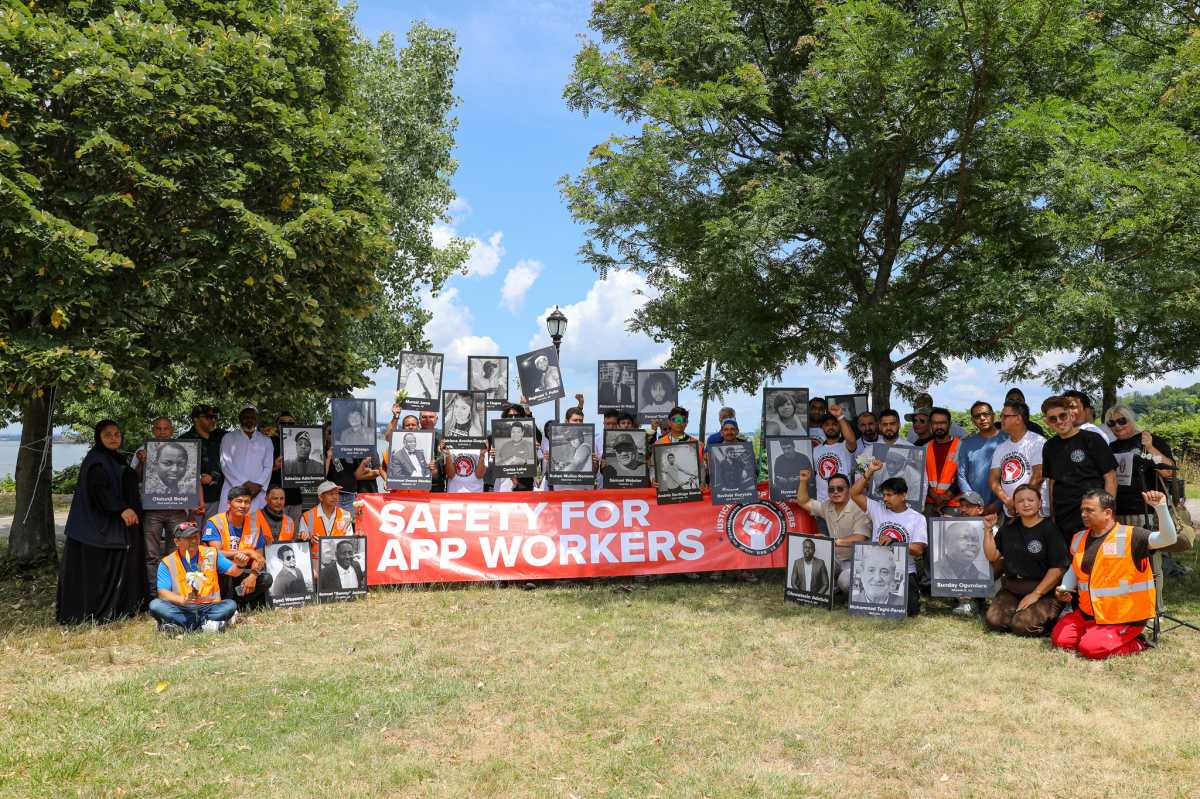For a brief period to celebrate Car Free NYC on Earth Day, urban planners will get another glimpse of something they’ve long sought: a complete closure of a 1.5-mile stretch of Broadway, between Times Square and Union Square, to vehicular traffic.
The second annual Car Free NYC celebration, organizers said, offers the city test runs to make these closures more permanent, or at least more frequent, in order to reduce greenhouse gas emissions—as other cities of the world have done. Car Free Day has become an institution throughout Bogota, Colombia. Paris last year announced car-free Sundays the first Sunday of each month. In New York, there will be a wide range of activities on Broadway for the occasion on April 22.
“I think it is time for us … to say New York City should be leading this initiative,” said Councilman Ydanis Rodriguez, chair of the council’s Transportation Committee, who helped organize the event. “We know that climate change is real and it is our responsibility to make our city more walkable.”
Why Broadway? The idea is that, as the oldest north-south thoroughfare in the city, Broadway disrupts Manhattan’s grid with its diagonal path, creating messy three-way intersections along the way where traffic clogs up. That was the inspiration for then-Mayor Michael Bloomberg to close Times Square, now teeming with pedestrians and considered a wild success.
One bit of closures could stick, if there’s community support: The New York City Department of Transportation wants to transform a block of Broadway in the Flatiron District, between 24th and 25th streets, into a permanent “shared street” this summer, meaning vehicles will get one lane with a speed limit of 5 miles per hour. The rest of the real estate goes to cyclists and pedestrians.
For any naysayers complaining about the loss of vehicle space, DOT Commissioner Polly Trottenberg points to the latent demand. During peak evening hour, pedestrians on the block outnumber vehicles by about an 18 to 1 margin, or 2,700 walkers versus 150 drivers.
“We thought that was a street that was really ripe to opening up to more pedestrians,” Trottenberg said.
In a subway city, that justification could be made on plenty of corridors. So if Bloomberg brought a permanent Times Square closure, could Mayor de Blasio do the same for Broadway, south of the Crossroads of the World?
“I’d say we’re starting the journey,” Trottenberg said. “I don’t know if we’re going to get there immediately, but I think we’re taking some exciting steps this year.”
Correction: An earlier version of this article incorrectly said the distance between Times Square and Union Square is 3 miles.



